If you live in a flood zone or an area with lots of rain, you can’t afford not to flood-proof your home. Taking preventative measures to minimize your risk for water damage, protect your belongings, and shore up the structural integrity of your home now will save you money, time, and heartache later on.
It might seem counterintuitive to start at the top, but your roof is actually your first line of defense against heavy rain and floods. A compromised roof lets water in at structural points, like your flashing and walls, long before it can seep in along the ground.
If you have an aging asphalt shingle roof, Roof Maxx can help rejuvenate your shingles so vulnerable areas like these are better protected. We’ll tell you why—and teach you five more easy and effective steps for flood-proofing your home—in this guide.
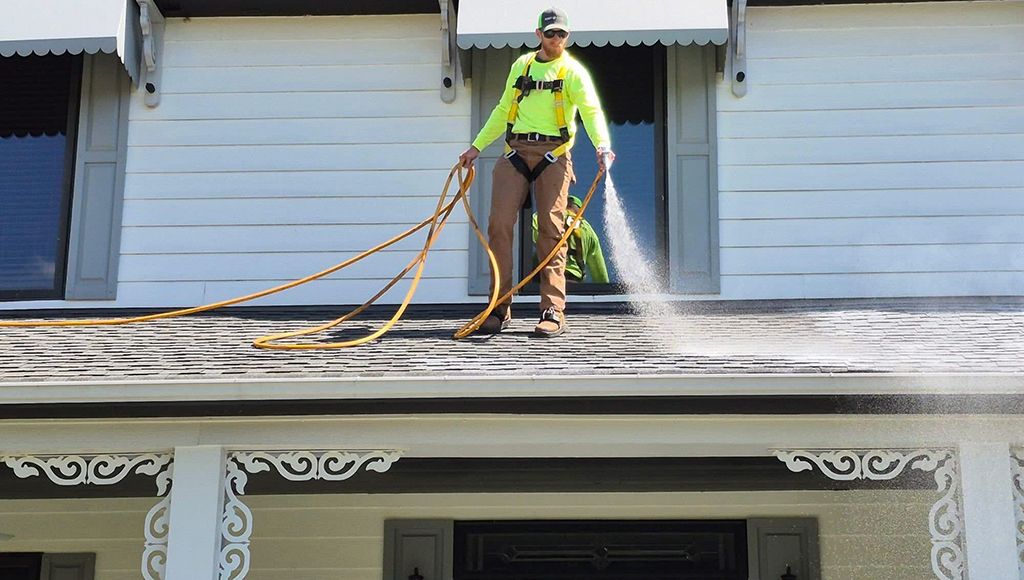
Roof Maxx can help homeowners with asphalt shingle roofs in so many ways, but it’s especially useful for homes in areas that experience heavy storms. Here’s how the treatment helps.
Your roof might be the best place to start—but for total protection, you also need to flood-proof other key areas of your home. Read on for five more essential tasks you should take on and find out why they’re effective.
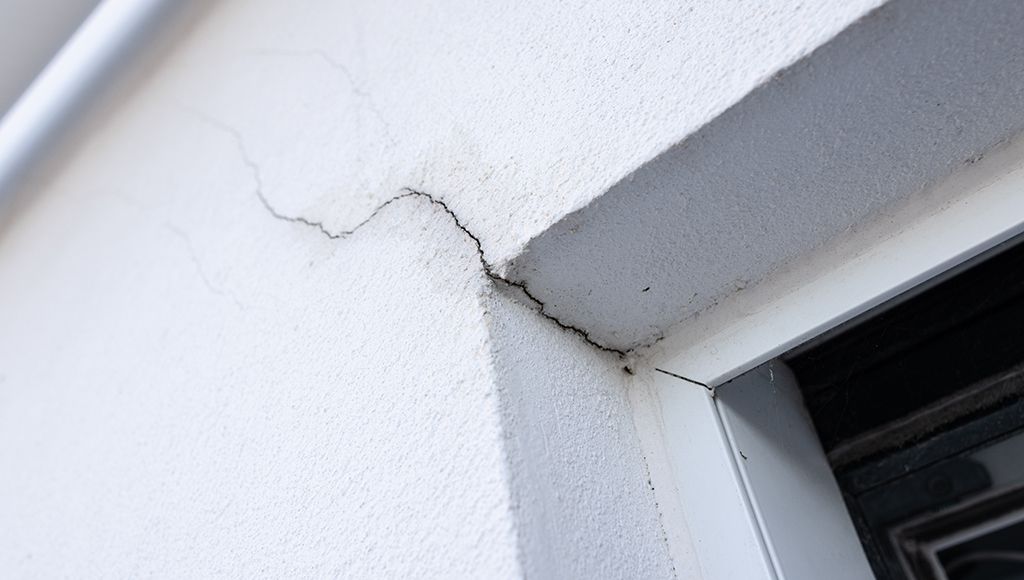
Water can seep into tiny cracks or gaps in your foundation, especially during heavy rainfall or floods. Even a small leak can eventually cause thousands of dollars in damage to the foundation and basement. By sealing any cracks and openings, you’re giving water one less way in.
Warning: If your house is over 50 years old or you notice large, widespread cracks in the structure, consult a structural engineer before proceeding with any repairs or renovations.
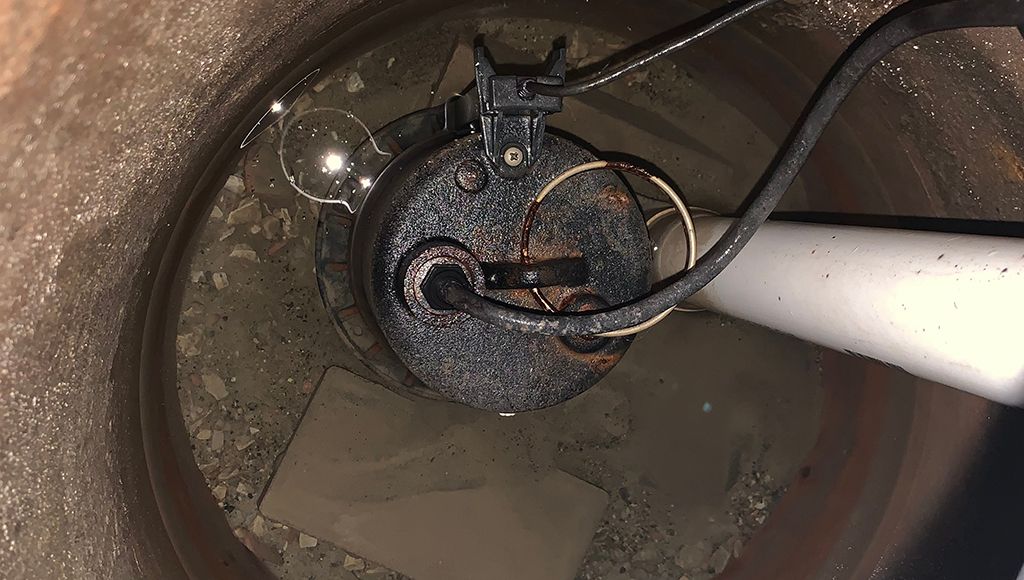
Sump pumps constantly monitor your basement for rising water levels. They’re designed to automatically kick in and begin pumping water away in the event of a flood, indoor leak, or appliance breakdown. Other drainage options, like French drains and floor drains, can also help channel water away.
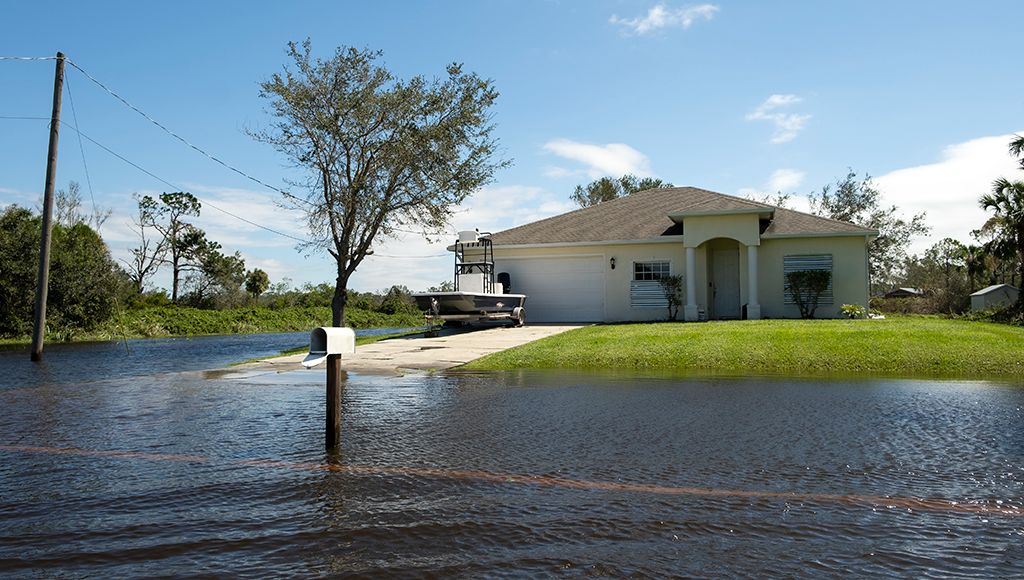
Barriers and sandbags are a highly cost-effective way to stop water from entering your home during a flood or heavy rain. They aren’t a replacement for other flood-proofing methods because they’re only effective to about 15 inches above the ground, but that’s still significant—especially in a hurricane.
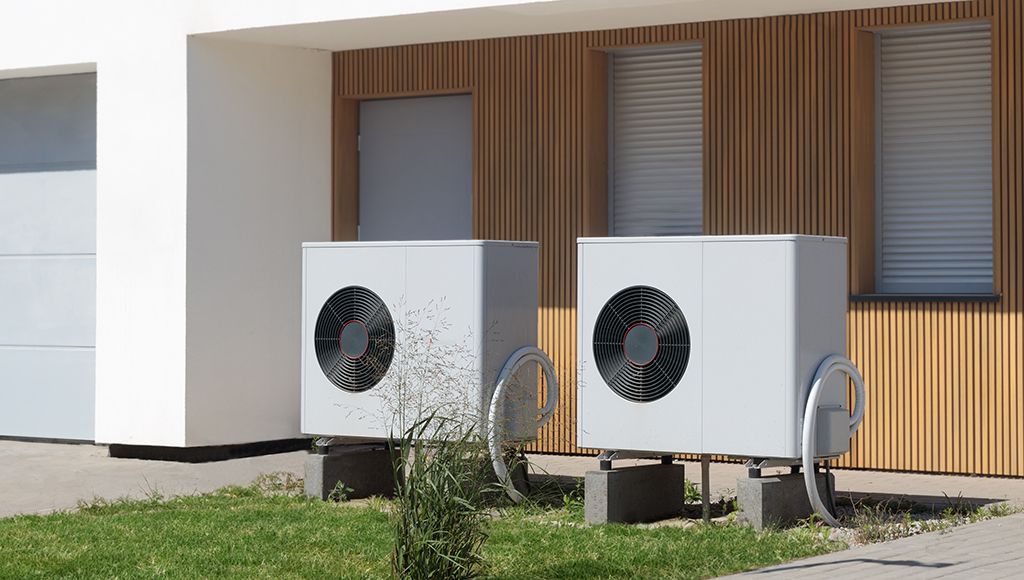
Floodwaters can severely damage HVAC units, electrical panels, water heaters, and other electrical components—or completely destroy them. In flood-prone areas, elevating them at least one to two feet off the ground can help protect your home and avoid costly replacements.
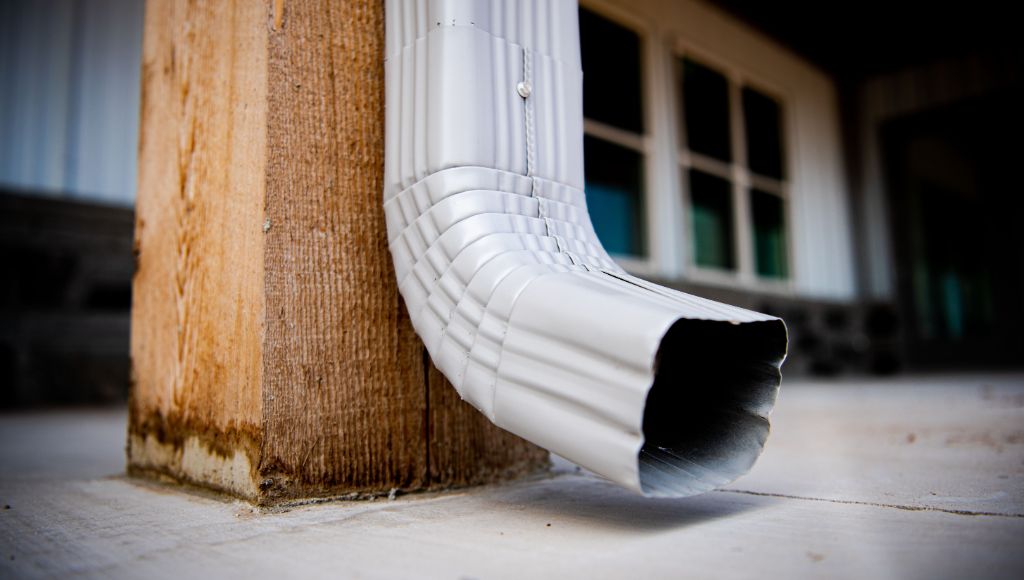
Gutters and downspouts play an important role in the structural integrity of your home because they direct water away from vulnerable areas, like your flashing, soffits, walls, and foundation. They need to be the right size and shape for your home first and foremost, but they can’t and won’t work effectively if they’re clogged with ice dams, leaves, or debris.

Scheduling a Roof Maxx treatment for your aging asphalt shingle roof can help shore up the integrity of your roofing system. Add in our optional roof tune-up package and your roof will be even better equipped to handle heavy rain and storms without letting water in.
Pair Roof Maxx with easy flood-proofing steps like sealing cracks, installing sump pumps, using flood barriers, elevating critical systems, and keeping your gutters clear for the best protection from floods. Find a dealer in your area now to get a free, no-obligation quote!
With our five-year, transferable warranty, you’ll enjoy the peace of mind that your roof and entire home are protected.